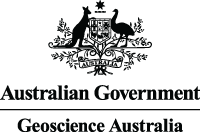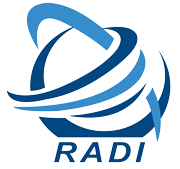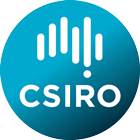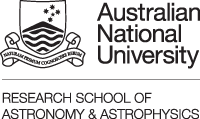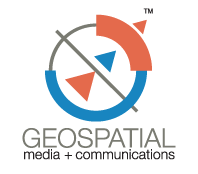MEDIA RELEASE
Geoscience Australia: mapping the future of remote sensing
Scientists meeting in Australia this week are discussing how methods for monitoring land cover using remote sensing are now firmly moving towards continuous streams of observations recorded through time, rather than image by image analysis. This shift brings about great challenges in Australia, one of which is the reliance on often aging satellite infrastructure, and ensuring access to new projects to ensure data continuity.
Dr Adam Lewis, National Earth Observation Group Leader at Geoscience Australia, says “as instruments and platforms age, they are decommissioned and replaced by others of newer design. This leads to a loss of data in between the two operations.”
“Of course, new instruments also provide opportunities not only for more accurate measurements, but also for new measurements. This can fundamentally improve monitoring capabilities. But with this, a further challenge is the handling of the much larger volumes of data implied by time-series methods.”
To meet some of these challenges, and to harness the opportunities, a framework is required to enable a fundamental shift from the qualitative analysis of images, to a quantitative analysis of remote measurements.
Today, Dr Lewis will talk about the Earth observation community in Australia, and its plans for data continuity, future satellite missions, developments in the large-scale processing of data to enable national monitoring programs, and research into future sources of Earth observation data for land cover monitoring programs.
“With the development of supercomputers like the National Computational Infrastructure facility at the ANU, we now have the ability to process tens of thousands of images, enabling us to view environmental change concurrently over long periods of time”.
“Geoscience Australia is now analysing these images to produce maps of Australia’s surface water patterns which will provide unique information for flood risk assessment and ecosystem management”, said Dr Lewis.
Dr Lewis will present ‘Data continuity and new opportunities for land cover monitoring’, as part of the ‘Land Cover Change: Global and Regional Mapping’ session at the 2013 International Geoscience and Remote Sensing Symposium, on Thursday, 25 July at 8:20am in Room 110 at the Melbourne Convention Centre.
With more than 1,300 delegates from 66 countries attending, this Symposium represents the largest gathering of remote sensing and geoscientists in the world. Within this year’s theme of ‘Building a Sustainable Earth Through Remote Sensing’, meteorology, forestry, agriculture, emergency response, biodiversity, water management and the oceans are just a few examples of the topics being discussed.
Media contact: Melissa Lyne, Melissa.lyne@gmail.com, ph: +61 415 514 328


 IGARSS13
IGARSS13 @IGARSS2013
@IGARSS2013